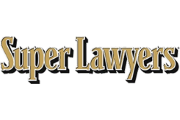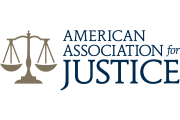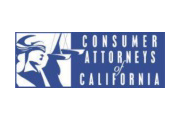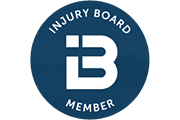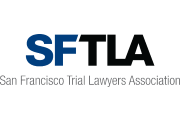Otherwise known as The Intersection from Biking Hell, too many bike accidents at Market Street and Octavia Blvd have given this dangerous San Francisco intersection its name. I’ve written about this intersection before and now this intersection has reached its third year as the top dangerous intersection for bicycle wrecks in San Francisco. Since the boulevard opened in 2005, there have been 56 crashes with injuries at Octavia and Market. Four of the bicycle accidents on Octavia have been fatal accidents, according to the California Highway Patrol and news reports.
Octavia Blvd: The City had good intentions. The area around the intersection and the intersection itself were transformed after the 1989 Loma Prieta earthquake damaged the freeway and the City tore down the 1.2-mile double-deck structure. That portion of the Central Freeway was replaced with Octavia Boulevard, a ground-level thoroughfare with tree-lined medians, a park and quiet side streets. Sounds like an ideal place to go for a safe bike ride, right? Designed by noted UC Berkeley urban planning professor Allan Jacobs, Octavia Boulevard opened in 2005 to wide acclaim.

Three years later and I’m still warning the citizens of San Francisco about this dangerous intersection.
Despite the “No Right Turn” signs added, and straight vertical arrows at the traffic light, and “No turn” painted on the pavement, and white pylons added to protect the bike lanes, and larger signs directing drivers to the highway, and signs just for bikers and even a concrete island separating the bike lane from the road, there are still serious safety issues.
Why is this intersection still so dangerous for bikers?
Octavia is one of San Francisco’s major arrival and departure points for long-distance commuters. The most recent traffic count by the SFMTA in 2007 showed 63,000 vehicles heading on and off the freeway there each day.
Fortunately, city and county officials are finally acknowledging that the street which had such high hopes is in desperate need of improvement.
The piecemeal or band-aid approach to reducing bicycle injuries is not apparently working. Shouldn’t the City instead attempt to reduce the congestion of car traffic? With so much chaos in the intersection, it can be distracting for anyone, cyclist and motorist alike.
What else can be done for pedestrians and bicycles at this intersection?
For starters, existing crosswalks need to be actual viable options for crossing. Some have been closed for pedestrians because cars get in the way. Pedestrians need a designated safe place to cross or they will be encouraged to cross wherever it is most convenient.
I’m happy to hear that the recent study [PDF] by the transportation authority study recommends improving bikeways and crosswalks and reducing car traffic by updating public transit and using congestion pricing, a system of electronic tolls for crowded streets. I wonder how that would be enforced though?
Jacobs, the renowned road designer from the 2005 opening, explains the project’s success in replacing a freeway with a boulevard that moves cars while at the same time creates street life. But, some design elements that would have slowed traffic were left out in the end because of compromises made between the State Department of Transportation (Caltrans) and the City.
I would like to know what these compromises were.
Why are people dying at this intersection and what can be done? A local neighbor claimed:
“You have to be very careful crossing the street here… You can’t just cross because you have a white man (on the traffic signal) telling you to cross.”
The majority of bike accidents at Octavia and Market over the past three years were caused by drivers making illegal right turns onto the freeway from Market Street.
What else can be done?
Bike advocates want a camera installed at the intersection to catch offending motorists, but a question over whether such cameras are legal on state highways has held up the process. Assemblyman Tom Ammiano, D-San Francisco, is hopeful that he’ll find the way for the camera to be installed.
What does the San Francisco Bicycle Coalition have to say?
“It would help,” said Leah Shahum, executive director of the San Francisco Bicycle Coalition. “We know police officers can’t be there 24/7, and the city has tried a lot of engineering improvements.”
As an avid cyclist and San Francisco Bicycle Accident Attorney, I hope for a speedy and safe solution for this troubled intersection.
